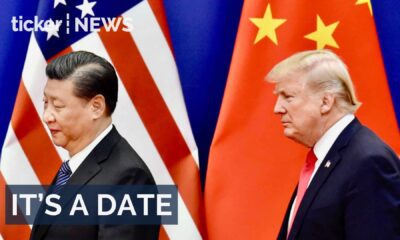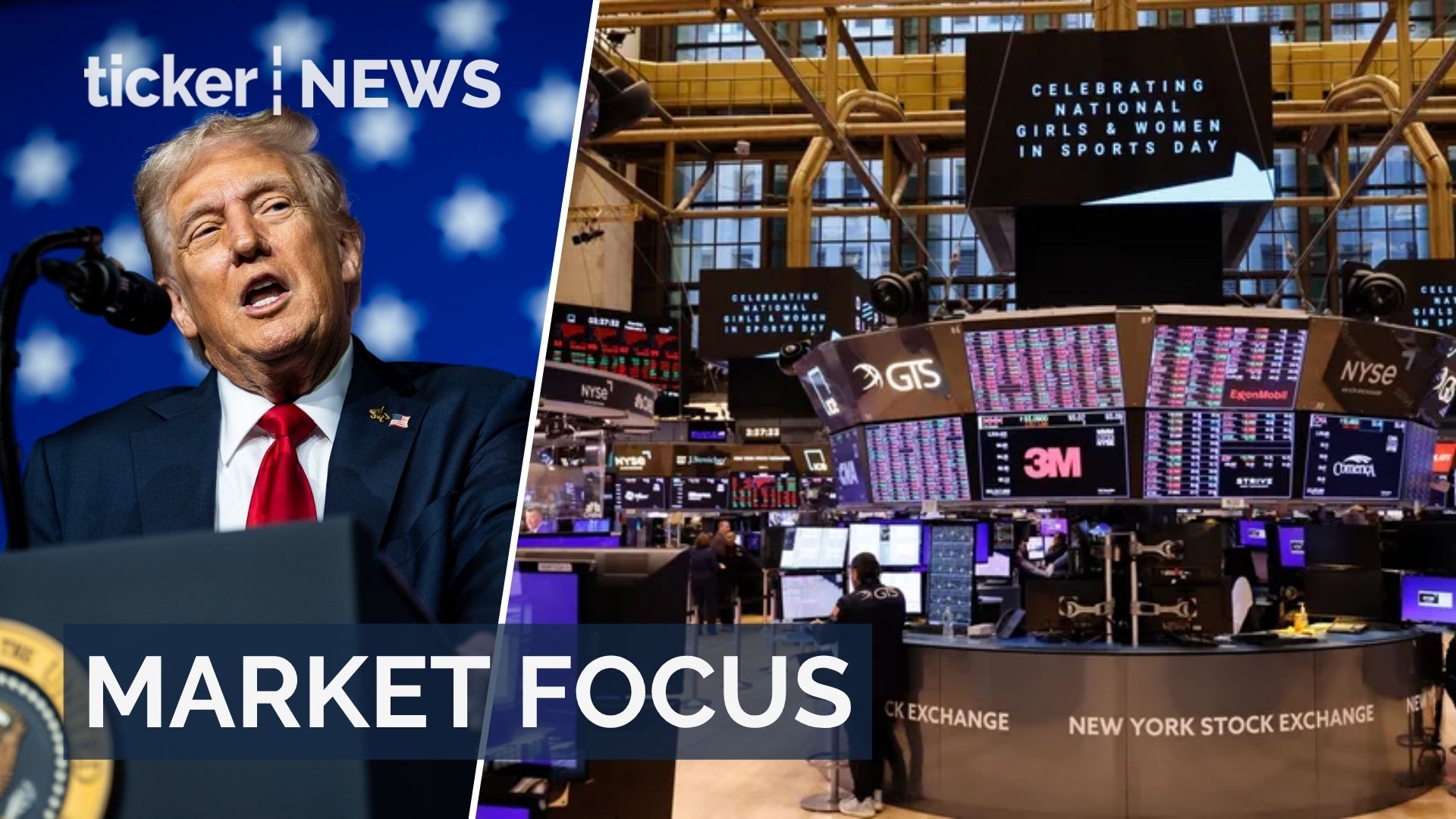In a café nestled in the bustling city of Xian, freelance copywriter Chai Wanrou, 28, shares her views on marriage with conviction.
She’s among a growing number of young Chinese women who are choosing singledom, rejecting traditional societal expectations amidst economic uncertainty.
“Regardless of success or ordinariness, women still bear the brunt of sacrifices at home,” Chai Wanrou, a self-proclaimed feminist, expressed during an interview.
“Living my own life well is difficult enough nowadays,” she added, highlighting her disillusionment with the institution of marriage.
Chai’s sentiments echo a broader trend in China, where an increasing number of educated women are embracing “singleism,” rejecting the traditional trajectory of marriage and childbirth. This trend presents a challenge to the Chinese government, which has emphasised the importance of marriage and childbearing to address declining population rates.
Birth-friendly society
President Xi Jinping’s call for a “new culture of marriage and childbearing” and Premier Li Qiang’s pledge to create a “birth-friendly society” underscore the government’s concerns over demographic shifts. However, despite these efforts, the number of single individuals in China reached a record high of 239 million in 2021.
While marriage is still considered a significant milestone in Chinese society, the average age of first marriage has been steadily rising. Factors contributing to this shift include economic pressures, changing gender dynamics, and a perceived lack of suitable partners.
“Feminist activism is basically not allowed (in China), but refusing marriage and childbirth can be said to be … a form of non-violent disobedience towards the patriarchal state,” noted Lü Pin, a Chinese feminist activist based in the United States.
Online communities advocating for singleism have emerged, providing solidarity for individuals who reject traditional family structures. Social media platforms like Xiaohongshu and Douban host discussions on topics ranging from collective retirement plans to the challenges of finding compatible partners.
Self-exploration
For many women, the decision to remain single is rooted in a desire for self-exploration, frustration with patriarchal family dynamics, and difficulty finding partners who value autonomy and equality.
“There’s an oversupply of highly educated women and not enough highly educated men,” explained Xiaoling Shu, a sociology professor at the University of California, Davis. Gender imbalances resulting from China’s previous one-child policy have further exacerbated this issue.
While the number of people choosing singledom may not grow exponentially, delayed marriages and declining fertility rates pose long-term challenges to China’s demographic goals.
“In the long run, women’s enthusiasm for marriage and childbirth will only continue to decrease,” warned feminist Lü Pin. “I believe this is the most important long-term crisis that China will face.”
As more Chinese women assert their independence through personal choices, the government may need to reconsider its approach to family policies and gender equality to address evolving societal norms.





 Tech4 days ago
Tech4 days ago


 Tech4 days ago
Tech4 days ago


 News4 days ago
News4 days ago


 News4 days ago
News4 days ago


 News4 days ago
News4 days ago


 Tech3 days ago
Tech3 days ago


 News5 days ago
News5 days ago


 News2 days ago
News2 days ago








